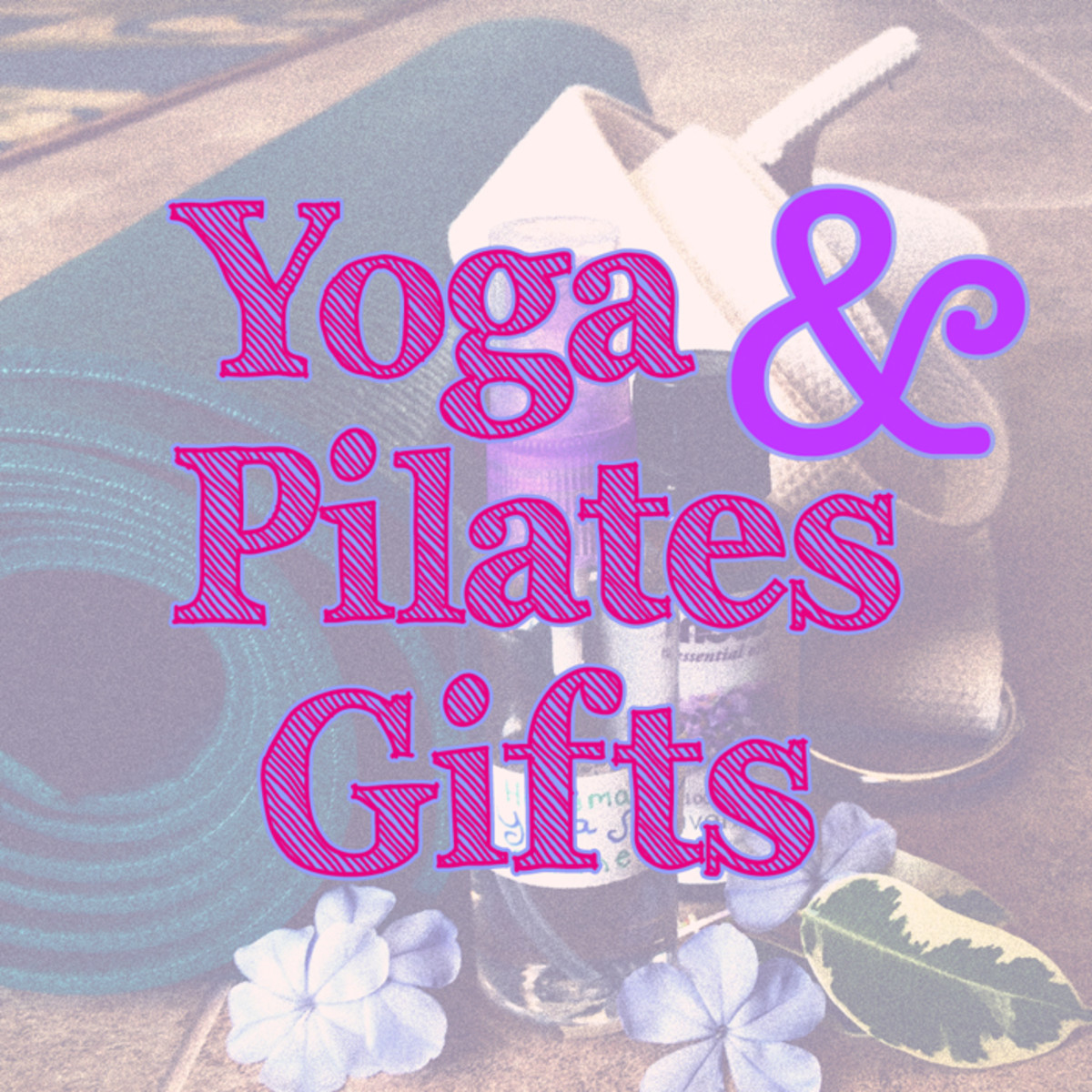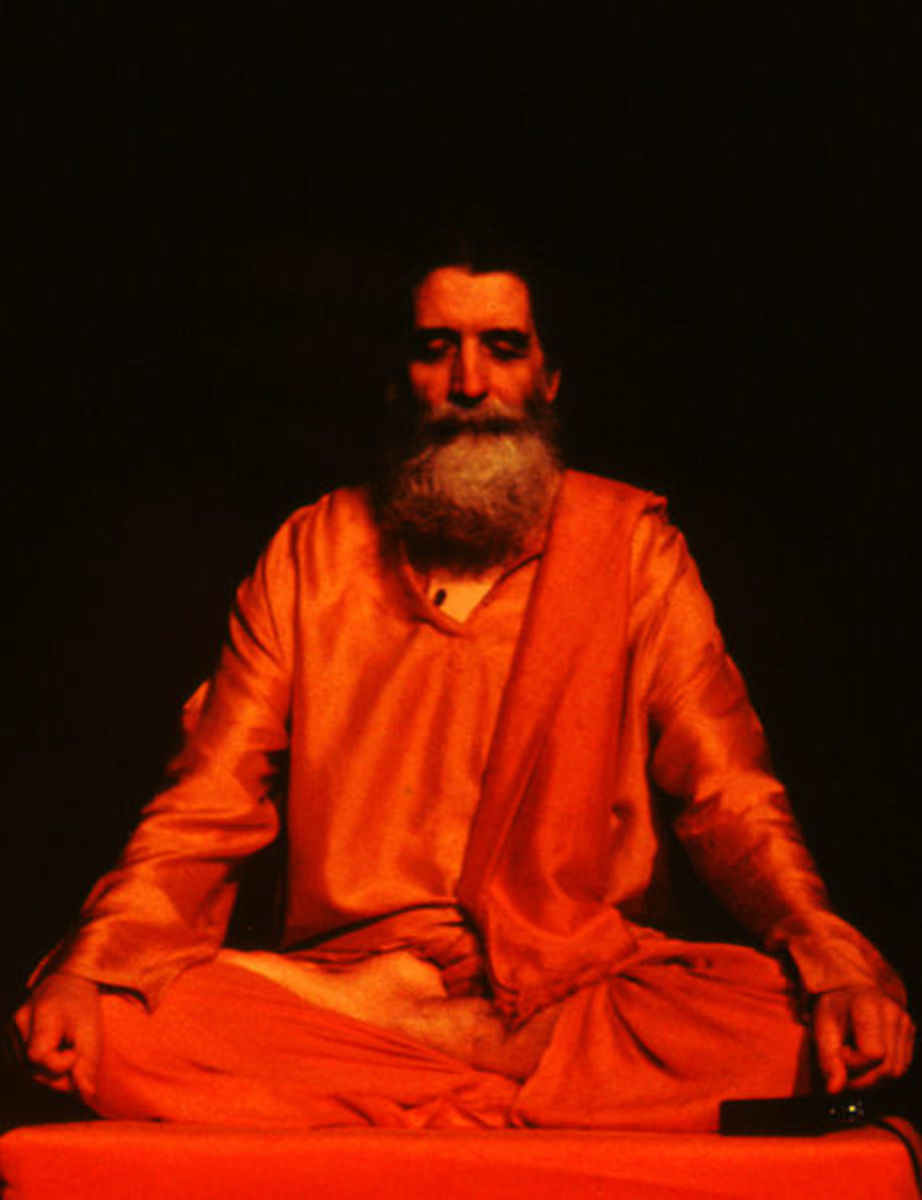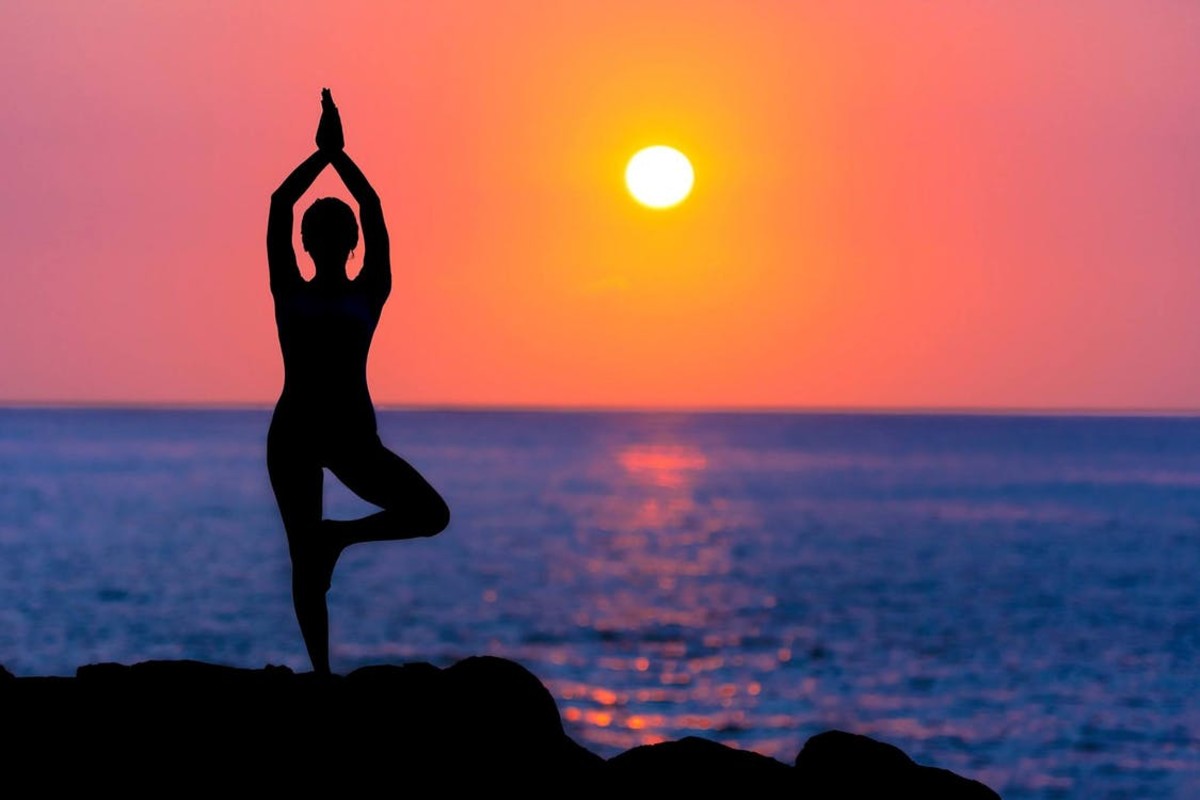What To Expect From Yoga Classes
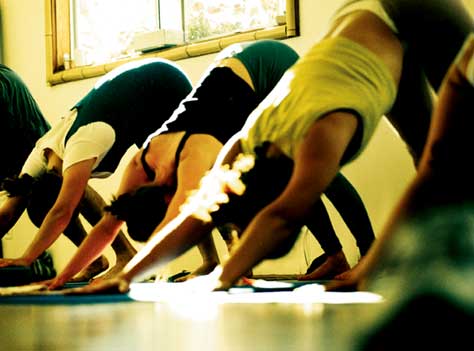
Yoga Classes
If you are new to yoga, you must have a lot of questions on what goes on in actual yoga classes. Indeed, nothing can fully prepare you for this breakthrough experience. However, it is best to arm yourself with some knowledge and information that can help enhance the benefits you get from yoga.
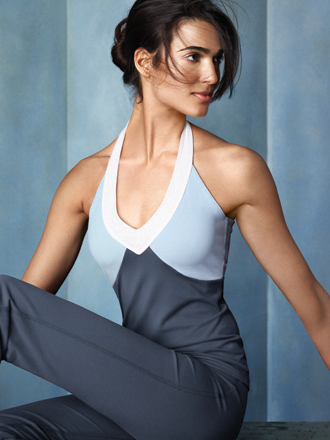
Beginners Yoga Class 10 Minutes
What to Wear
As you would when undergoing any form of fitness or physical routine, it is imperative to dress comfortably. With yoga classes, you are expected to perform physical activities that can seemingly be awkward and physically demanding. Hence, it is important to wear anything that allows you to move freely and perform such complex physical movements and postures.
Here are a few tips when picking out the right gears for your yoga practice:
- Avoid anything fancy and unnecessary. It is enough to pick an outfit that you feel comfortable and relaxed with. The most recommended type of clothing to wear on yoga classes are those that are light and stretchable.
- Although light clothing is recommended, you must do away with baggy types of clothing. Whenever you perform basic yoga movements, they might tend to slide down over to one side and can be distractive. If possible, do not wear shorts as it can limit your movements.
Deciding on the type of clothing to use for your yoga class need not consume valuable amount of your time. The key here is to find something that is comfortable without restricting your capacity for movements. Also, bring an extra set of clothing that you will use for relaxing after your session.
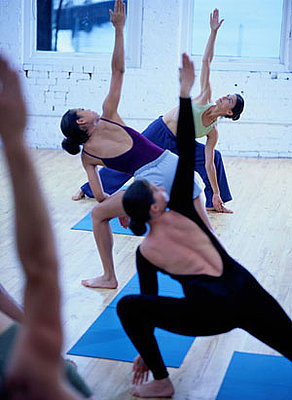
Yoga Classes & Instruction: Beginner Yoga Video
Beginner Hatha Yoga Class
What You Need
In order to make performing yoga techniques more convenient for you, you will need a few objects to assist you in that. One of the most basic items you need is a non-slip yoga mat, especially when you are performing on a room with wooden floors. They are quite useful to provide a comfortable area where you can perform basic movements of the practice. Performing extreme yoga techniques on a bare floor can be painful and extremely uncomfortable.
During yoga performance, extreme sweating is inevitable. Therefore, those sweats will most likely stick on your used mats. Although there are yoga instructors or classes that allow their students to rent mats, it is advised that you bring your own mat for sanitary purposes.
Preparation Tips
To get the best results, it is recommended that you follow certain guidelines before embarking on a yoga instruction. Below are a few reminders:
- Make sure to use the restroom before starting your yoga class to avoid obstructing your progress.
- If you are to eat prior to attending session, do this at least 2 hours before. It is important that you neither feel hungry nor full during yoga classes. When you are hungry, it creates the tendency of being nauseous during performance of some yoga moves. If you are too full, it can limit your movements as well.
- Avoid keeping bottled water next to your yoga mat during session. You are only allowed to drink water before or after classes. Doing so after your class will help assist in the practice's detoxifying effects on the body.
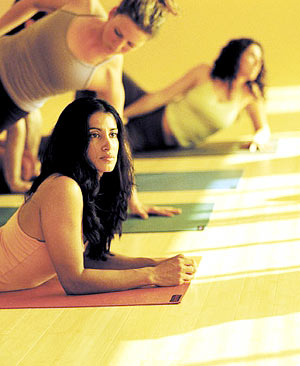
Beginner Yoga Practice
Duration Of Class
Yoga classes are generally held for individuals who want to learn the concepts of yogic philosophy and practices. Since attaining physical and mental well-being is a complex process, you can expect to attend more than one session in order to acquire all the necessary skills required for a successful yoga practice.
As per single session, classes typically last between an hour to ninety minutes, depending on the intensity of the classes. The basic outline of your class will consist of three basic parts. Every yoga session begins with preparatory techniques such as relaxation, warm-up exercises that include breathing and stretching. In other cases, your yoga instructor might include chanting to help cater to achieving the body's relaxed state.
The next step will begin with your instructor walking you through a series of poses and movements. The basic idea behind this stage is to help you improve your form and be better equipped for the next stages of your yoga practice.
As for the final step of your yoga classes, here is where you work on attaining total body relaxation. By following basic yoga methods and techniques, both your body and mind will be cleared of any external distractions.
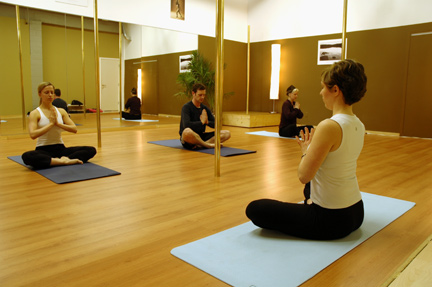
Beginner Yoga with Shiva Rea
Warming Up
As with any other fitness routine, this phase is essential in a successful yoga experience. This helps ensure that you have reached the state needed for proper meditation and concentration required for your body. Moreover, it prevents the possibility of straining your body by overextending it.
Often, you will begin with a centering that includes sitting quietly for a few minutes to help your body reach a serene moment. Then, proper breathing exercises can eventually lead to meditation until you reach the required mode for yoga.
One of the highly recommended warming up poses is the Cat Cow pose. In this particular pose, you are on your hands and knees. Arch your back like a cow as you slowly inhale and extend your tailbone upwards. As you exhale, allow your belly to contract. This process is repeated until you have extended your range of motion. The preparation methods and exercises for a yoga class varies and this is just one of the most basic ones applied.
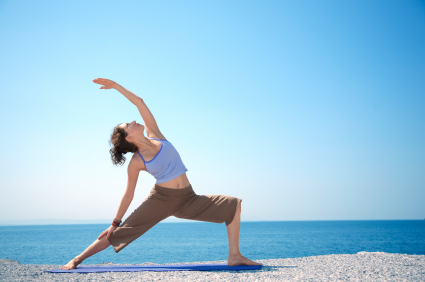
Beginner Yoga Positions : Tree Pose in Beginner Yoga
Establishing Yoga Positions
Yoga is best performed on bare feet. Not only does it cater to more agility when performing extreme movements but it prevents the possibility of slipping or saving you from discomfort when your feet become involved in certain types of yoga positions.
*Sun Salutations: This in itself consist of about 12 postures in total, which are all intended to allow a free range of motion to your spine while also giving it a full workout and get you sweating early on.
*Standing Poses: Postures like the Triangle and Warrior pose are intended to lengthen and strengthen your leg muscles. By maintaining these poses, you can also improve concentration and endurance.
*Balancing: This particular pose disciplines your body to retain its grace while subjected to pressure. One of the secrets to attaining perfect balance is by keeping your eyes on an object a few meters away.
*Twists: This is one of the fundamentals to the yogic experience since they relax the spine while also squeezing your abdominal organs.
*Seated position: These types of poses help stretch your muscles and release tension off of your nervous system.
*Shoulder Stand: Known as a complete yoga pose for its ability to rejuvenate your whole body, it is done in combination with several different poses involving your legs and torso.
Additional Safety Tips During Yoga Class
One of the teachings of yoga emphasize non-violence and it also applies to your own self. Therefore, practicing safety guidelines during yoga classes is important.
- Pay close attention to the instructions given by the yoga instructor.
- You should also listen to your body. You have to understand that every individual has their own level of ability. Never push your body beyond its limitations.
- Do not wear any jewelry during yoga classes. Aside from interfering with your energy projections during class, it can also add unnecessary distractions or cause injuries.
- For women with menstruation, speak to your yoga instructor about it. There are suggested alternatives for positions and movements for women with menstruation that want to practice yoga.



